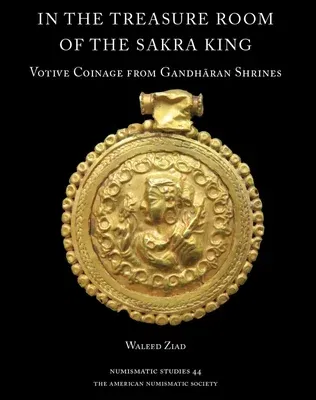In a lush valley within the Sakra peak in Gandhara (northwestern
Pakistan) is a vast limestone cave temple, part of an ancient Hindu
sacred complex. For over 700 years, this cluster of shrines minted
hundreds of varieties of their own votive coinage - a unique case in
Central and South Asia. These were miniscule copper coins, issued for
pilgrims, featuring eclectic and original combinations of Greco-Roman,
Iranian, Indic, and Islamic iconography. This book examines the native
Sakra copper coinage issued from circa 550 to 1100, corresponding to the
Nezak, Turk Shahi, Hindu Shahi, and Ghaznavid dynasties. These coins
provide a window into what may have been an ecclesiastical
administration exercising varying degrees of autonomy throughout its
lifetime. They practically blur boundaries between vernacular folk art
and monetary instruments serving political or confessional agendas.
The book relates both the remarkable story of these coins and the sacred
sites, and introduces the obscured history of the most neglected yet
formative 500 years of Pakistan and Afghanistan's history. It also
offers new paradigms for conceptualizing local currency, the making of
religious imagery, and the process of transculturation. Importantly, the
Sakra coins issued under Ghaznavid rule overturn popular misconceptions
about early Hindu-Muslim encounters, suggesting instead that the
Ghaznavids pursued a flexible, negotiated policy with regard to Hindu
sacred sites.

